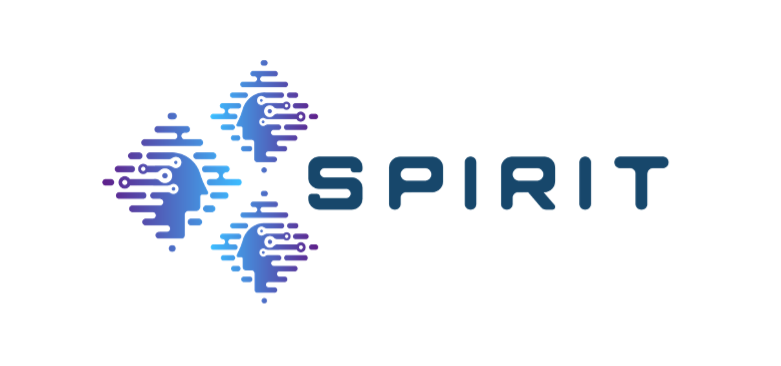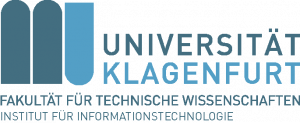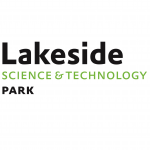Klagenfurt, May 25, 2023
Congratulations to Dr. Alireza Erfanian for successfully defending his dissertation on “Optimizing QoE and Latency of Video Streaming using Edge Computing and In-Network Intelligence” at Universität Klagenfurt in the context of the Christian Doppler Laboratory ATHENA.

Abstract:
Nowadays, HTTP Adaptive Streaming (HAS) has become the de-facto standard for delivering video over the Internet. More users have started generating and delivering high-quality live streams (usually 4K resolution) through popular online streaming platforms, resulting in a rise in live streaming traffic. Typically, the video contents are generated by streamers and watched by many audiences, geographically distributed in various locations far away from the streamers. The resource limitation in the network (e.g., bandwidth) is a challenging issue for network and video providers to meet the users’ requested quality. This dissertation leverages edge computing capabilities and in-network intelligence to design, implement, and evaluate approaches to optimize Quality of Experience (QoE) and end-to-end (E2E) latency of live HAS. In addition, improving transcoding performance and optimizing the cost of running live HAS services and the network’s backhaul utilization are considered. Motivated by the mentioned issue, the dissertation proposes five contributions in two classes: optimizing resource utilization and light-weight transcoding.
Optimizing resource utilization: This class consists of two contributions, ORAVA and OSCAR. They leverage in-network intelligence paradigms, i.e., edge computing, Network Function Virtualization (NFV), and Software Defined Networking (SDN) to introduce two types of Virtual Network Functions (VNFs): Virtual Reverse Proxy
(VRP) and Virtual Transcoder Functions (VTFs). At the network’s edge, VRPs are responsible for collecting clients’ requests and sending them to an SDN controller. The SDN controller then creates a multicast tree from the origin server to the optimal set of VTFs, delivering only the highest requested bitrate to elevate the efficiency of resource allocation. The selected VTFs transcode the received segment to the requested bitrate and transmit it to the corresponding VRPs. The problem of determining multicast tree(s) and selecting VTFs has been formulated as a Mixed- Integer Linear Programming (MILP) optimization problem, aiming to minimize the streaming cost and resource utilization while considering delay constraints.
- ORAVA: It presents a cost-aware approach to provide Advanced Video Coding (AVC)-based real-time video streaming services in the network. It transmits
the generated bitrates from VTFs to corresponding VRPs in a unicast manner. - OSCAR: It extends ORAVA by introducing a new SDN-based live video streaming approach. Instead of unicast transmission, it streams requested bitrates from VTFs to VRPs in a multicast manner, resulting in lower bandwidth consumption. It is also able to use VTFs with different types of virtual machine instances (i.e., CPU or memory resources) to reduce the total service cost.
According to evaluation results, ORAVA and OSCAR save up to 65% bandwidth compared to state-of-the-art approaches; furthermore, they reduce the number of generated OpenFlow (OF) commands by up to 78% and 82%, respectively.
Light-weight transcoding: This class consists of three contributions, named LwTE, CD-LwTE, and LwTE-Live. Employing edge computing and NFV, they introduce a
novel transcoding approach that significantly saves transcoding time and cost.
- LwTE: It introduces a novel Light-weight Transcoding approach at the Edge in the context of HAS. During the encoding process of a video segment at the origin side, computationally intense search processes are going on. It stores the optimal results of these search processes as metadata for each video bitrate and reuses them at the edge server to reduce the required time and computational resources for transcoding. It applies a store policy on popular segments/bitrates to cache them at the edge, and a transcode policy on unpopular ones that stores the highest bitrate plus corresponding metadata (of very small size).
- CD-LwTE: This contribution extends the investigation on LwTE by proposing Cost- and Delay-aware Light-weight Transcoding at the Edge. As an extension, it introduces resource constraints at the edge and considers a new policy (i.e.,
fetch policy) for serving requests at the edge. In the same direction, it also adds serving delay to the objective of selecting an appropriate policy for each segment/bitrate, aiming to minimize the total cost and serving delay. - LwTE-Live: It investigates the cost efficiency of LwTE in the context of live HAS. It utilizes the LwTE approach to save bandwidth in the backhaul network, which may become a bottleneck in live video streaming.
The evaluation results show that LwTE does the transcoding processes at least 80% faster than the conventional transcoding method. By adding new features in the metadata, CD-LwTE reduces the transcoding time by up to 97%. Moreover, it decreases the streaming costs, including storage, computation, and bandwidth costs, by up to 75%, and reduces delay by up to 48% compared to state-of-the- art approaches.
The thesis is available for download here. Slides and video are available as follows:













